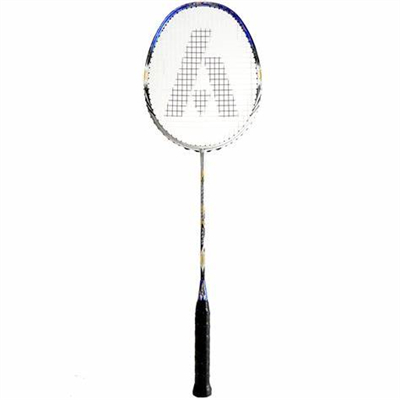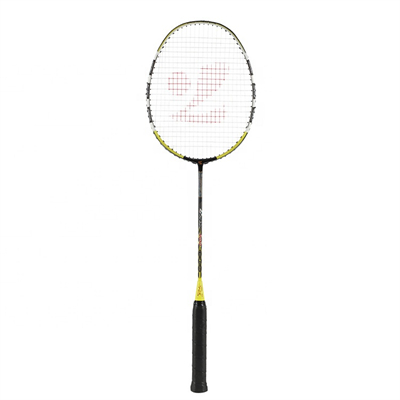What is the functionof the badminton racket joint?
The cross section of the racket frame has the following three basic forms: semicircular cross section, multi-faceted cross section and parallel cross section.
The connector has T-shape and Y-shape from the appearance, and there are built-in and external from the technological point of view.
Mainly used for full carbon badminton racket and aluminum framed carbon rod integrated badminton racket.
The Y-shaped joint is the originality and patent of the American PRINCE company. Compared with the T-shaped joint, the joint has a shorter string penetration area. Theoretically, its stress distribution performance is better than that of the T-shaped head. The length of the tube is increased so that it is more flexible. In 1996-98, feather rackets with Y-shaped connectors were more common in the market, and some domestic low- and mid-range products also used external Y-shaped connectors, mainly to create a selling point. Among high-end brands, only PRINCE uses Y-shaped connectors.
The relationship between material and racket
Before the 1970s, the materials used for badminton rackets were almost all wood and steel pipes. In the 1970s, aluminum alloys were adopted, which is completely new materials such as carbon fiber, titanium alloy, high-strength carbon fiber, etc. Because these materials are lighter, stronger, It is more durable and can absorb more vibration and shock. The aluminum frame of the string trough on the racket frame is a concave shallow arc.






















